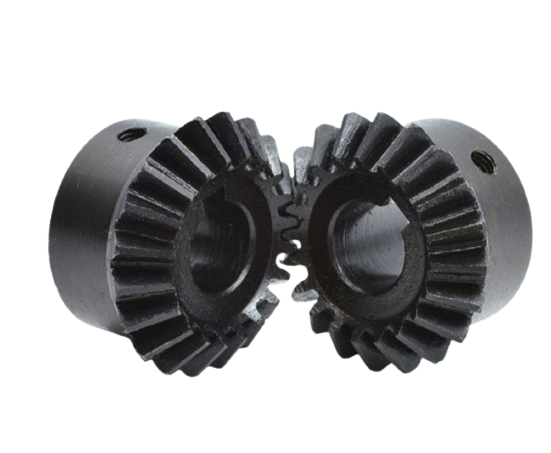
90 Degree Gears
90 Degree Gear. The gearbox used in this vehicle is 90 degree with a difference of 3.2:1, which is the ratio between the input and output shafts. A 90 degree gearbox, called a Hypoid gearbox, is commonly used in rear-wheel drive applications because of its high torque efficiency and low mechanical loss.
90 degree is the rotation of the wheelchair around its front wheel at the end of a 180-degree rotation. In full-circle turns, the wheelchair will describe a circle on the ground a complete revolution. In half-circle turns, the wheelchair will describe half a revolution on the ground, to reduce the number of moving parts and the amount of mechanical linkage and make the best use of space.
Turning a 90-degree gear involves a change of direction, not a direct one. It requires a change in the direction of rotation on the input shaft and a change in the direction of rotation on the output shaft. The 90 degree gear is a tricky thing to get exactly right because it is difficult to know for sure where the center of the wheel is at all times. This is because the center of the wheel can change if the input shaft is not perfectly aligned.


The new 90-degree gear system offers a new level of versatility to the mountain bike rider. Traditional two- and three-speeds are now redundant. They’ve been replaced by clipless pedals, rear-suspension, and the 90-degree gear. The 90-degree gear is a type of mountain bike gear that allows you to turn your bike and brake in any direction without rotating your body. The 90-degree gear is excellent for maneuvering in tight spaces and cutting off the side of a turn. This is great for getting around in the dark, or to sneak up on unsuspecting prey. The earliest 90 degree gear designs came from climbing and caving. Many climbers still prefer these designs for their flexibility, simplicity and ruggedness.
The best 90 degree gear designed for climbing are those with a rocker bottom and a rocker handlebar. Clubs such as the Yosemite Fall Mountain Club have designed special handles for 90 degree gear to allow the rider to connect their hands to the bar without worrying about pinching or overtightening and still get a solid grip. Just when I thought I’d seen everything, I discovered something new: 90-degree gear. Many 90-degree gear systems work like this: you mount your bike to the system and then, when you pedal, your cranks turn these gears, which in turn spin the pedals. This works well with traditional single-speed bikes. It also works for bikes with multiple speeds, provided that you mount the gears close enough to the hub that there’s no significant play between the crank and the drivetrain.


Gear types. There are two main types of 90 degree gear: straight-cut and stepwise. A straight-cut gear is one in which the direction of the change of direction is perpendicular to the direction of rotation on the input shaft and the direction of the change of direction is parallel to the direction of rotation on the output shaft. A stepwise gear is one in which the direction of the change of direction is in a straight line between the direction of the change of direction on the input shaft and the direction of the change of direction on the output shaft.
We’ve seen transformational change happen because of gear like the 90 degree gear. It’s helped our customer base feel better. It’s helped them perform better and feel better. It’s made them feel like they’re actually wearing gear that fits their bodies.






